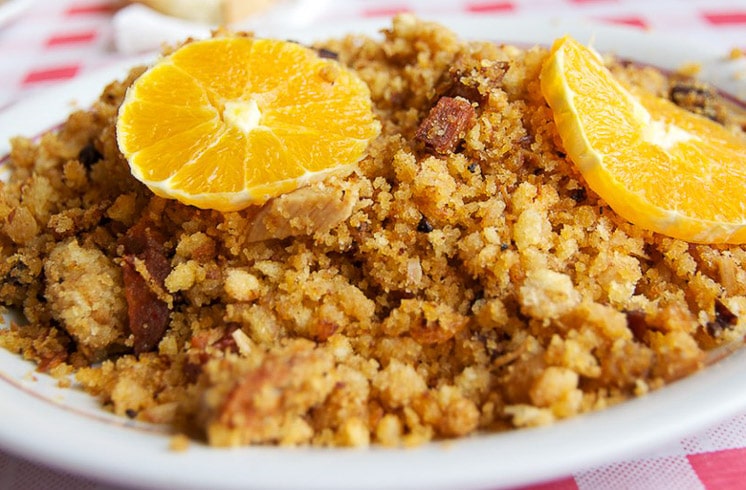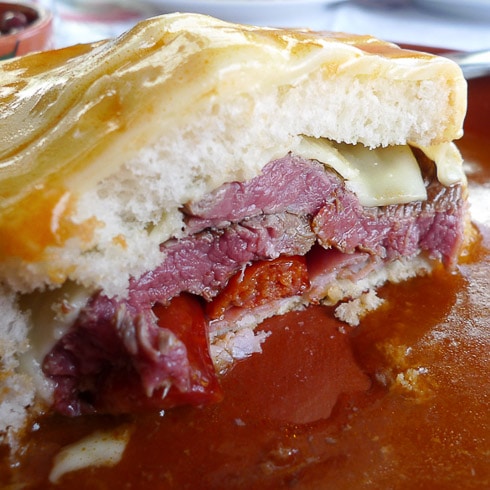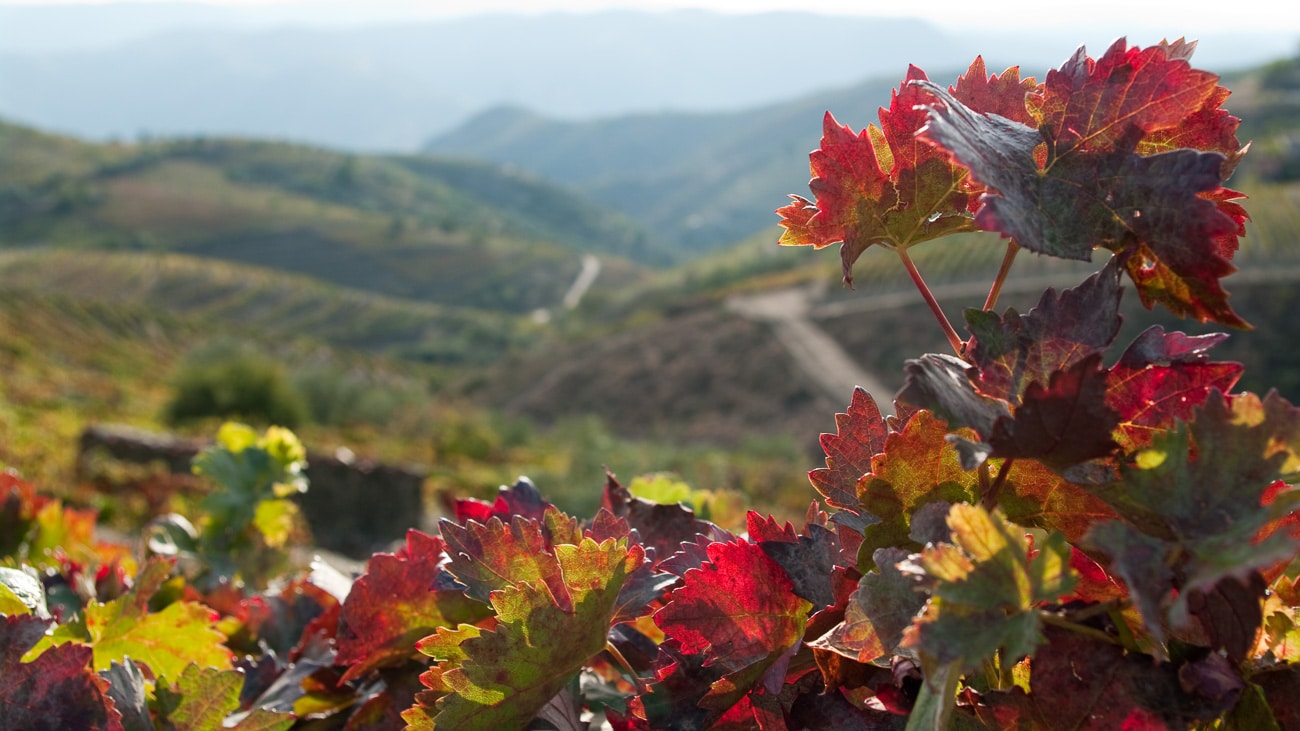In particular, the wines of Portugal have been cultivated over thousands of years to yield hundreds of varietals, and quite a few of Portugal’s grapes grow there and there alone. Red and white table wines are exceptionally food-friendly, while the Ports are recognized internationally as the gold standard in fortified wines.
Though Lisbon is the beloved and bustling capital, we’re shifting our focus towards the regions of the Douro and Alentejo in search of authentic Portuguese food experiences along the Spanish border.
The Douro Valley is not only a UNESCO World Heritage area—it also happens to be incredibly beautiful, with the Douro River running from Porto to the sea and grapevines terraced on granite, slate, and schist riverbank hillsides. And as one of the oldest classified wine regions in the world, the viticulture here is a big part of Douro’s personality.


Photo by Jonathan Pincas
Locals will tell you that while fortified Port wines (Vinho do Porto) are widely recognized, it is the table wines of the Douro Valley that are commonly enjoyed in their homes. Juicy and pleasantly acidic varietals such as Sousão (called Vinhão elsewhere) and Tinta Amarela are gaining popularity for lovers of red wine, while Gouveio, Malvasia Fina, Moscatel, Rabigato, and Viosinho are the white vine varietals to know.
Though the Douro’s vineyards are ancient, there’s a cult resurgence taking place here that makes this region a must-know for wine enthusiasts worldwide. The Douro Boys, a network of five winemakers, are leading the charge. At each of their quintas (estates), the Douro Boys work in partnership to host tastings, seminars, and events that focus on the evolution of wine taking place in their backyard.


If you’re hungry in the Douro, expect meat—and lots of it. Beef, goat, and sausages are Portuguese food fixtures, while other types of protein come from the sea, including the salt cod dish bacalhau and octopus prepared boiled, roasted, or fried. This classic food is everywhere, with permutations based on each chef’s preferences and the availability of seasonal ingredients. But more extreme kitchen creativity comes forth with modern chefs like Ljubomir Stanisic. His recipes, which combine traditional and global flavors, have earned him a reputation as a culinary revolutionary—and a long list of awards, too.
Pedro Carvalho, one of DuVine’s local guides in Portugal, also raves about a local favorite with a playful name. The francesinha (literally “little French woman”) is a sandwich that adapts the French croque-monsieur to the Portuguese palate: bread is stuffed with ham, linguiça, chipolata sausage, and roasted meat, then covered in cheese and served with a tomato-beer sauce.
Alentejo: No Fair Playing Favorites
The Alentejo region covers about one-third of Portugal and produces not only fine wines, but easy-drinking and affordable bottles as well. It’s an area of gentle rolling hills, and its rural roots have lent the cooking here a hearty, simple, peasant style.


Even with a great diversity of soils and varietals, a few grapes stand out above the rest. Antão Vaz is made into a white wine with balanced acidity—the perfect companion to cod fish dishes. Arinto, Roupeiro, Diagalves, Manteúdo, Perrum, and Rabo de Ovelha are other major players in the region’s white blends. Tempranillo, often associated with Portugal’s neighbor Spain, is called Aragonez in Alentejo, and it’s planted generously. There’s also a French grape called Alicante Bouschet, known for being red-fleshed (most red-skinned grapes have white flesh) and used in blends along with Alfrocheiro, Castelão, Trincadeira. These classics may sound foreign to the tongue, but the new face of Alentejo wines will soon sound more familiar with imported grapes beginning to include Cabernet Sauvignon and Syrah.
Dining out in Alentejo means there will be salted cod, of course, but more close to home are the bread dishes called migas. Bread crumbs (or leftover bread, in the days of the rural peasants) are tossed with olive oil and garlic, then flavored with herbs, vegetables, and meat or drippings. You’ll also encounter lamb stew and dishes made with Porco Preto, a wild pig that feeds on acorns fallen from Alentejo’s oak trees.
Doces conventuais (sweets from the convent) provide a rich finish to any meal. DuVine guide Pedro Carvalho explains: “this dessert takes many forms and names, but all are made with sugar, egg yolk, cinnamon, and almond. They originated in convents across Portugal, where nuns used sugar from Brazil, a former Portuguese colony. The reason for the yolk was simple (and resourceful): egg whites were used to purify wine, leaving all the yolks left over!”
To taste the food and wine of Portugal, meet DuVine guide Pedro Carvalho and members of the Douro Boys, and drink in the beauty of these world-renowned wine regions, travel with DuVine on an Oporto + The Douro Valley Bike Tour or a Lisbon + The Alentejo Bike Tour.





